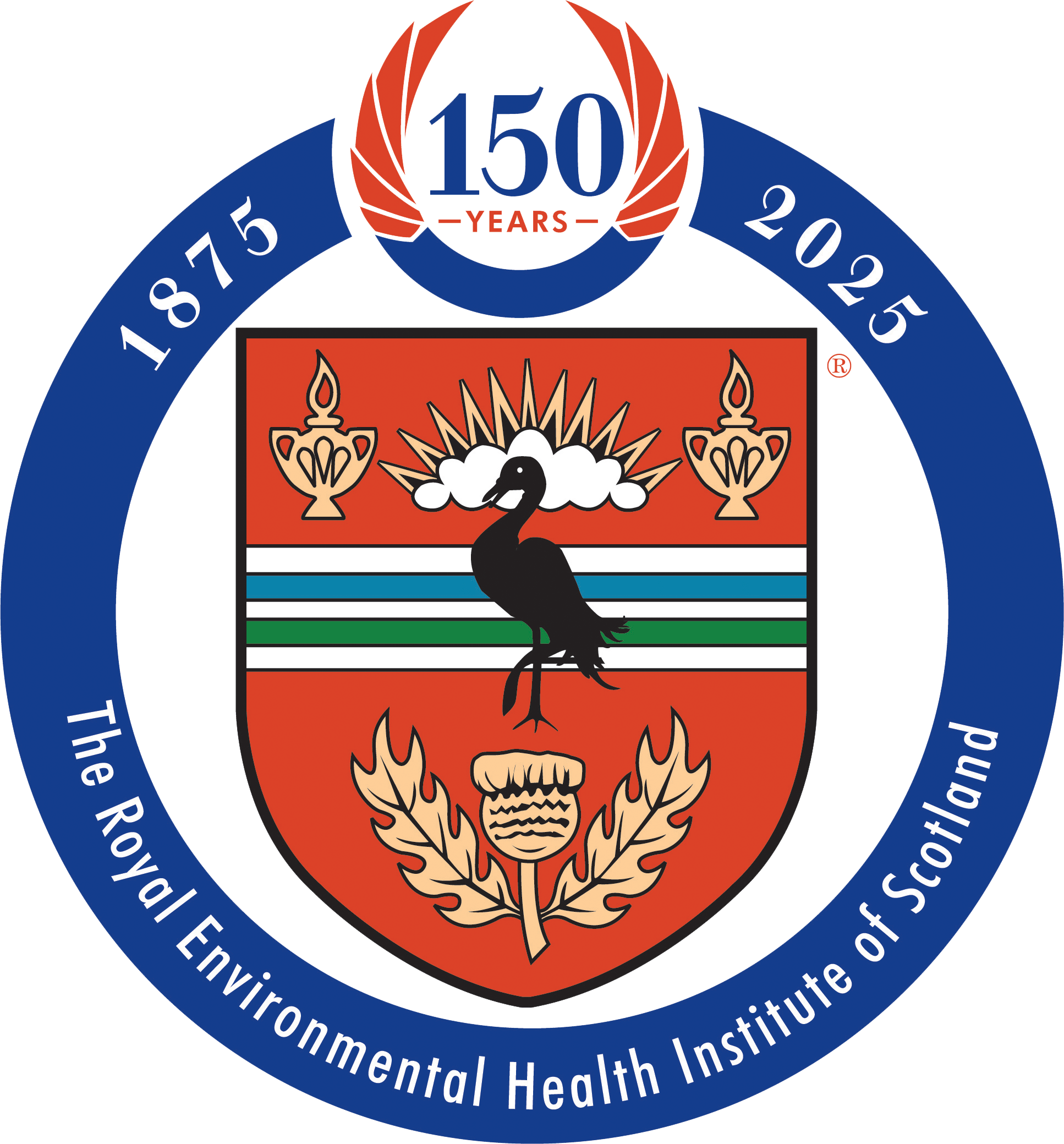A demonstration version of the new LymeApp has been launched at an event in Inverness. It has been created to map where ticks bites and Lyme disease have been detected.
The £1.1 million project will allow members of the public to report tick sightings and bites and help scientists monitor cases of Lyme disease.
Developed by International Disease Mapping Apps, a new company formed by Scotland’s Rural College (SRUC), LymeApp uses satellite data to highlight where the disease has been detected across the northern hemisphere.
Data will be monitored by the Scottish Lyme Disease and Tick-borne Infections Reference Laboratory in Inverness, where developers hope to use the information to stop the spread of the infection.
The project has received £555,000 from the UK Space Agency, through a European Space Agency programme.
Lyme disease – also known as Lyme borreliosis – is an infection that can be spread to humans by ticks carrying the Borrelia burgdorferi bacteria.
If not diagnosed and treated promptly, it can lead to a chronic, debilitating condition.
Approximately 3,000 cases of the infection are diagnosed per year in the UK and more than 65,000 each year in Europe.
Morven-May MacCallum, whose life has been dominated by Lyme disease for nine years, was a guest speaker at the launch event.
She said: "Lyme disease is an illness of unquestionable power and the damage it's had on my life and for thousands like me is immeasurable.
"It's wonderful to see professionals from across different areas of expertise come together to help advance our knowledge of this disease and, in the process, hopefully find the answers which are so desperately needed."
Please note that this app is currently in the demonstration phase and is not currently available to download.

